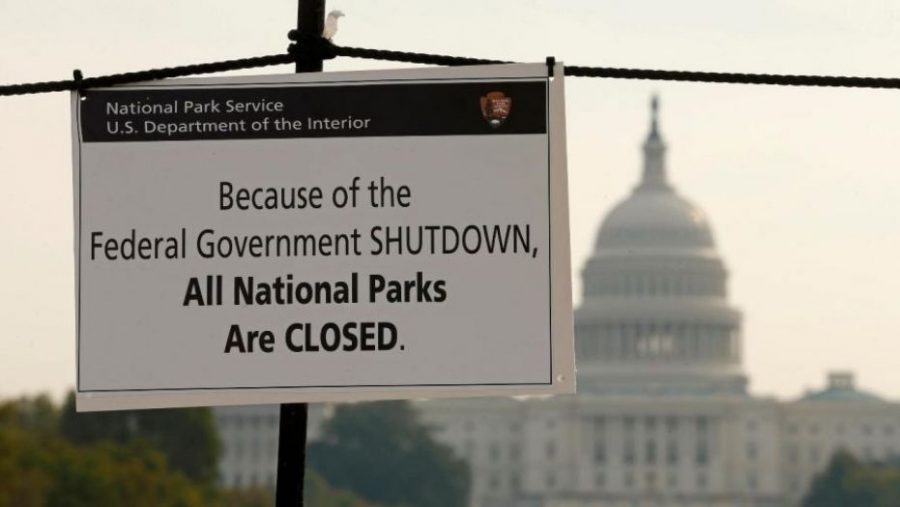Government shuts down for 9 hours until agreement on budget deal is reached
After a nine-hour government shutdown, Congress voted in favor of the budget bill regarding major-spending issues, avoiding a government shutdown that could span days and affect government officials on Feb. 9.
The possibility of a government shutdown was brought to fruition after Congress members couldn’t agree on a two-year budget plan. Congress has considered this piece of legislation for the past few months. If passed, it would give way for Congress to deal with major-spending issues.
This plan doesn’t involve crucial points for Democrats revolving around immigration. It does address, however, increasing the spending caps by $300 million for domestic necessities.
Although the bill doesn’t include a plan for the Deferred Action for Childhood Arrivals (DACA) policy, House Democrats awarded Speaker Paul Ryan the votes needed to pass the bill, despite there not being enough Republican support. Seventy-three total Democrats voted in favor against the 67 Republicans that voted against it.
Because the Senate passed the budget 71-28, the bill then moved to the house for voting. The House followed suit with a 240-186 vote in support of the bill. Although the bill had the support to pass, voting didn’t completely end until 5:30 a.m., meaning the government was shut down for over nine hours until President Donald Trump signed the bill.
“Republicans got the huge military increases they wanted and Democrats secured CHIP funding for 10 years, so there were policy and spending sweeteners for both party coalitions and core constituencies,” Dr. Kevan Yenerall, professor of political science at Clarion University, said of the points both sides of the aisle gained from the deal.
If this bill hadn’t ultimately passed, it would have led to a government shutdown that would affect government establishments and employees. The country withstood the same situation on Jan. 20 when Congress failed to agree on the bill late the night before. The shutdown lasted three days. Trump then signed a continuing resolution that kept the government funded until Feb. 8, when the new vote took place.
During a government shutdown, all parts of government that are deemed unnecessary are shut down and stopped. The workers are furloughed, or sent home without pay. These aspects of the government include national parks, monuments and museums. Certain employees, such as people in Congress or the Postal Service, are allowed to keep working.
During a shutdown, those employees who were sent home are compensated for their loss of a paycheck after the shutdown ends.
Prior to 2018, the last government shutdown was 2013. Even before that, it hadn’t shut down since 1996. In the first two months of 2018, there were two government shutdowns.
“Threats of shutdowns are a growing threat. This flows from increased polarization in the U.S. Congress (and to a certain extent the electorate). In other words, the right tracked strongly to the right while the left continued to track left. This leaves fewer people with moderate views who can or want to find common ground. It becomes ‘my way or the highway extremism,’” Dr. David Kershaw, professor of political science at Slippery Rock University, said.
This bill gives Congress another six weeks of funding, allowing lawmakers to create a long-term spending bill to stretch to the end of the fiscal year on Sept. 30.



